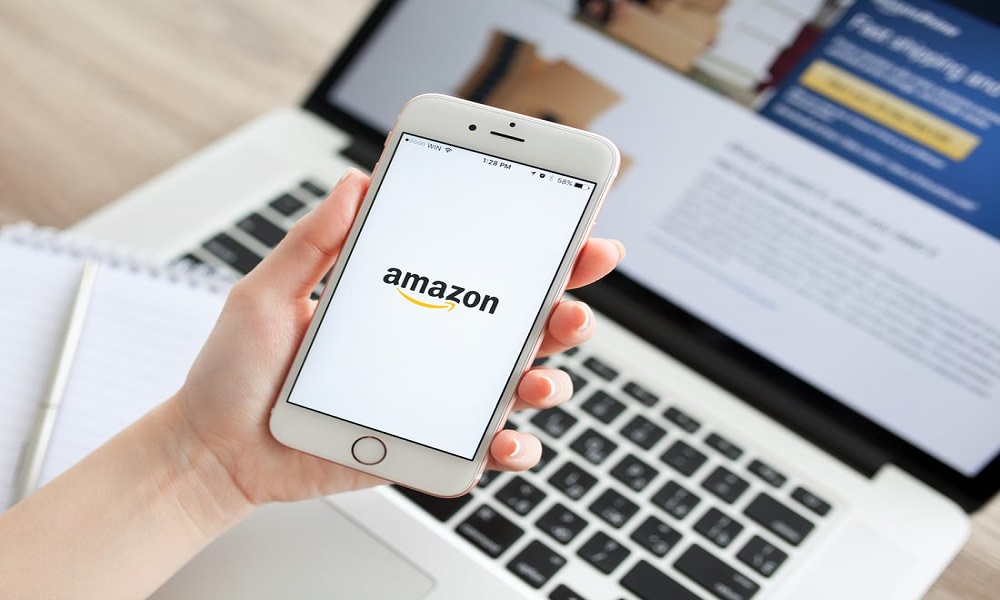What can you sell online?
It is obvious, that you can sell anything online. But here, selling online means to sell a product with a decent profit margin. To become a successful Amazon seller you need to find the right product that has high demand; low competition; and many other characteristics. Once you select a product that has all these characteristics, you can see a decent profit selling them. In this article, some of the ways of finding the best products to sell on Amazon are explained along with some examples.
Table of Contents
- Finding the best product
- Manual methods of product research
- Automated methods of product research
- Popular and profitable products on Amazon
1. Finding the best product
There are many ways by which you can find a profitable product to sell. This process of analyzing the current trends in the market and ending up with a good product is known as product research. Product research can be done in two ways namely manual product research and automated product research. These processes are explained below.
2. Manual Product Research
This is the process of analyzing the current trends in the market manually through various strategies as follows.
- Checking Amazon’s bestsellers list – Amazon has its own listings of thousands of products as bestsellers categorized based on their niches. You can just go to this list and check what are all the niches and products that sell well. You can also go through those product listings to find out the special features and characteristics of a product that attracts more customers. The product reviews under each bestselling product will be the bible for you to shape your own product. If you just look at the bestseller list, you will get to see the products with high competition. So, you can go through the sub-categories to find more specific products with high demand and low competition. You can get excellent product ideas from this.
- Pinterest – Pinterest acts as a great platform for finding different product ideas. It may seem like a social media platform like Pinterest cannot help in developing product ideas. But it is very helpful in finding new products since millions of people are searching and uploading millions of pictures almost in all niches. You can just search your keyword and get thousands of product images to develop an idea from.
- Contacting your suppliers – If you have traded on Amazon already or you have a product supplier with you, you can get much information on the current trends in your niche. He will provide details about the movement of specific goods and products in that niche. This may help you in developing a product idea that actually sells.
- Spying on Competitors – Although it sounds like illegal activity, it is legal in terms of an online marketplace. You can look at the strategies used by your competitors; the keywords used by them; their customer service; and many more. You should not try to copy the exact strategies of your competitors since you may not have the same reach and capabilities of your giant competitors.
- Lookout for bestselling products on eBay – You can get product ideas by looking at the trending products on other e-commerce sites like eBay.
3. Automated methods of Product Research
This includes the same processes of keyword research, competitor analysis, monthly search volume calculation, etc. But all the processes are automated using various free and paid tools available online. An example of automated product research is the use of Google trends. It helps to notify you of all the recent trends in the market along with various numbers and statistics.
4. Popular and profitable products on Amazon
Some products are there known as evergreen products that will definitely make more money. These are the products with low cost of production; high demand; and high-profit margin. Some of these evergreen products are listed below.
- Books – Books are always a great product to sell online. Since the online market place is like an open library and the product is delivered directly to the residence of the customer, books are always high on sales. You can easily get books in bulk from any publishers and sell them online at your own price with a profit margin.
- Accessories and apparels – Although this category is oversaturated with millions of sellers providing the same cosmetics; jewelry; clothes; and accessories, this niche is always evergreen. It is because of the everlasting need for apparel and accessories in modern society.
- Toys and Games – Surprisingly, this niche is also one of the bestselling categories in the whole market place. Baby products and toys for both children as well as adults are another evergreen choice to be successful.
- Electronics – Although it is an evergreen niche, only authorized brands will dominate this niche.
Read Also:






















